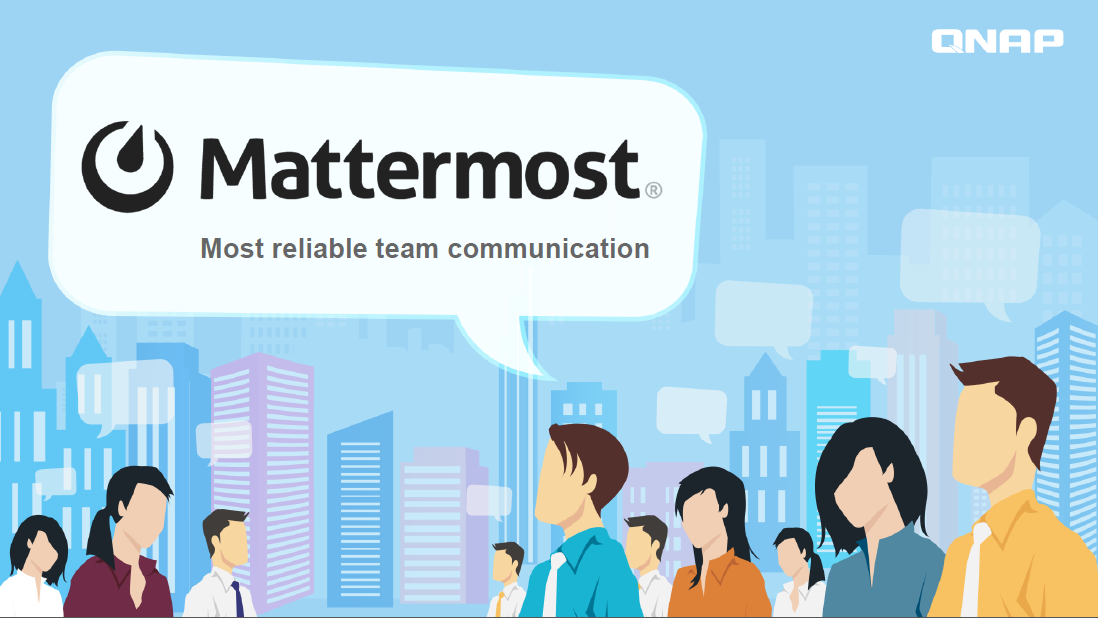


With every employee that leaves, a company loses both its financial investment in recruitment, onboarding and training costs, as well as its non-financial investment (which can sometimes weigh heavier) in knowledge, workplace collaboration and competitiveness. A pattern of increasing turnover should be a red flag and dealt with swiftly.Ībove-average turnover will impact future revenues and be costly to your business. As an investor, you should ask for general and specific turnover numbers, including non-regrettable and regrettable turnover. It can impact your customer retention and your ability to build your product or expand into new markets. Premature turnover erodes value creation for your business and creates instability. This number is then multiplied by 100 to get a percentage. The employee turnover rate is calculated by dividing the number of employees who left the company by the average number of employees within a certain time period. Exit, stay and skip interviews are all good ways of collecting evidence to ensure you are managing your people operations properly and mitigating future turnover. Patterns that emerge regarding who left, when and why should be tracked and investigated. This metric should be reviewed monthly and on a rolling basis. Even large companies with strong reputations are not immune to low tenure. In response to the question, “Would you recommend this company to a friend?” Amazon, for example, receives a mere 64% and has a tenure of just over one year. Pay attention to any evidence that employees are not committed to you long term. This is an important predictor of the revenue you will receive over the lifetime of an employee. When you combine output (revenue per employee) and tenure, you can calculate the lifetime value of an employee. Ultimately, more time equals more economic value for your business (all things being equal). By creating benefits your employees enjoy, you can extend the time they spend with your business. On average, the rate of retention is far lower in the early years than in later years, so reviewing tenure by time period may be more instructive.Īverage tenure per employee should be longer than the time it takes to ramp them up to productivity or you will not gain the economic value. The sum of months worked by all current employees divided by the number of employees you have today equals the tenure of “stayers.” However, this formula could miss the difference in retention rates during the employee lifecycle. Tenure is generally calculated in the following way. Tip: Average tenure at a company can be accessed through a Premium LinkedIn account. This metric tells you how long an employee generally stays with a company. On its own, revenue per employee does not paint a complete picture, but it is a measure of how efficiently a company is leveraging its human capital. Businesses that are much lower in Revenue per employee may have hired ahead of growth or are at an early growth stage. Revenue per employee is a good indicator of efficiency, although it needs to account for external and internal factors. Option 3: Total December quarter revenue x 4 / total average employees December quarter Option 2: Total revenue in December / total employees as at December 31 Option 1: Total annual revenue / total employees as at December 31 Revenue per employee can be calculated in three ways, but option three is the most indicative of future growth. You may also break down output by business area such as sales team revenue per employee. –Robert Bromage, CEO of IntelliHR 1) Employee productivityĪ general proxy for output is revenue per employee, but depending on your company’s business model and stage, you may also calculate human output in other ways. For example, more mature businesses may calculate profit per employee. That is where you really get the value out of a metric such as revenue per employee-it really is a lagging metric of success, but as a forecast over the next 12 months, it gives you incredible clarity.” Most recurring revenue businesses typically try to focus on the “next 12 months” as it is about building on top of what you have and planning to grow into what you will become. “More mature businesses take an annual approach to calculating metrics, versus fast-growing ones that look at quarterly or monthly numbers and look forward aggressively. For fast-growing startups, there are six key people metrics that matter most to business performance.


 0 kommentar(er)
0 kommentar(er)
